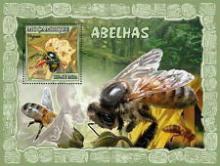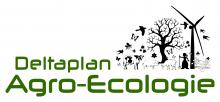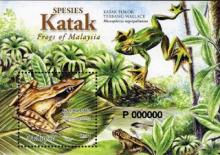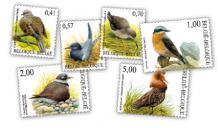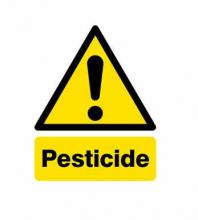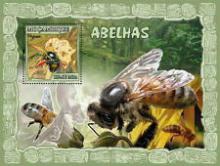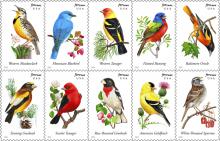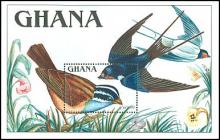Bisphénol A, phtalates, pesticides : la Commission européenne condamnée pour son inaction
Il n’y a, bien sûr, pas de condamnation pécuniaire, mais le coup est rude. Le Tribunal de l’Union européenne a condamné la Commission européenne, mercredi 16 décembre, pour « avoir manqué à [ses] obligations » sur le dossier des perturbateurs endocriniens (PE). En vertu du règlement européen de 2012 sur les biocides, Bruxelles devait publier, au plus tard le 13 décembre 2013, les critères scientifiques permettant de réglementer ces molécules de synthèse agissant sur le système hormonal et présentes dans une variété de produits courants (pesticides, plastifiants, bisphénols, solvants, etc.). Or, constate le Tribunal dans son arrêt, « la Commission n’a pas adopté de tels actes » définissant les PE, en dépit d’« une obligation claire, pré́cise et inconditionnelle de [les] adopter » précisée par la réglementation.


